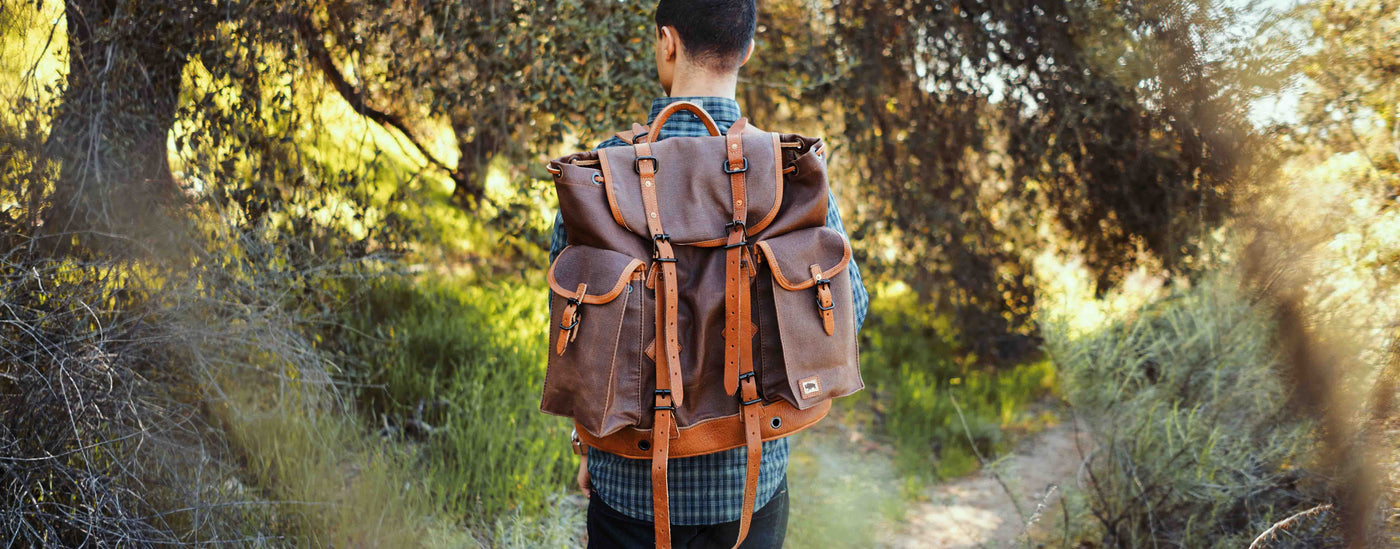Your Cart is Empty
You are $99.00 away from free shipping!
Your Cart is Empty
You are $99.00 away from free shipping!

Revised 10/20/20
Advances in the manufacturing of synthetic, or fake leather, are being called “production improvements” - but, we call bull. All it really means is it’s getting tougher for folks to easily spot a fake. So, sure, if your goal is to get something that looks like something it’s not, then enjoy the “improvements.”
We don’t have time for that.
Here’s how to be sure you’re getting real leather and not some fancy faux nonsense:
Real leather: It seems obvious, but look at the tag or label. If it’s real leather, it will proudly say so. If you see “100% real leather,” “full/top grain leather,” or “genuine leather,” you’re headed in the right direction. (You can also learn more about the different types of real leather.)
How to spot fake leather: If the label says “man-made material,” it’s synthetic—most likely flexible polyvinyl chloride (PVC). If it doesn’t say anything at all about the material, again, it’s probably PVC or some other synthetic polymer because real leather would be proudly noted. Also, check the price tag. Everyone loves a deal, but real leather is much more expensive than faux leather, so if the price seems too good to be true - it probably is.
Real leather: Look at the surface of the leather. Real leather is a natural material made from real animal skin. Its surface structure will not be completely uniform and will include blemishes and imperfections. (Hints of imperfections are a good sign in leather.)
How to spot fake leather: The surface of synthetic leather is uniform. A very regular, even texture pattern is a sign that it’s a machine-made piece. Imagine a faux grain pattern being applied to a flexible polyvinyl chloride surface: that’s how fake leather gets its “real leather” look. Unfortunately, there’s nothing real about it.
Real leather: Remember again, real leather is a natural material. So, when you run your fingers across it, it doesn’t feel perfectly smooth. Press your finger into the leather - the surface will stretch and wrinkle a bit, like skin.
How to spot fake leather: When you run your fingers across faux leather, it feels cold and unnaturally even. Also, when you press your finger into the surface, it doesn’t act like skin. Rather than stretching or wrinkling, the synthetic material simply depresses under your finger while still retaining its shape.
Real leather: If you’ve smelled real leather before, you know it has a distinctive “leathery” smell - it has a natural, organic, skin scent that cannot be accurately manufactured.
How to spot fake leather: There is no reliable way to fake the smell of real leather. Faux leather smells like plastic. If you smell a plasticky, chemical odor, you can bet it’s synthetic.
Take a few minutes to check out our real leather bags and leather accessories. There’s nothing fake about ‘em.

